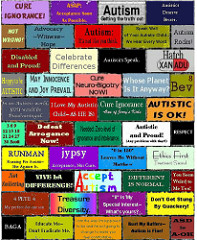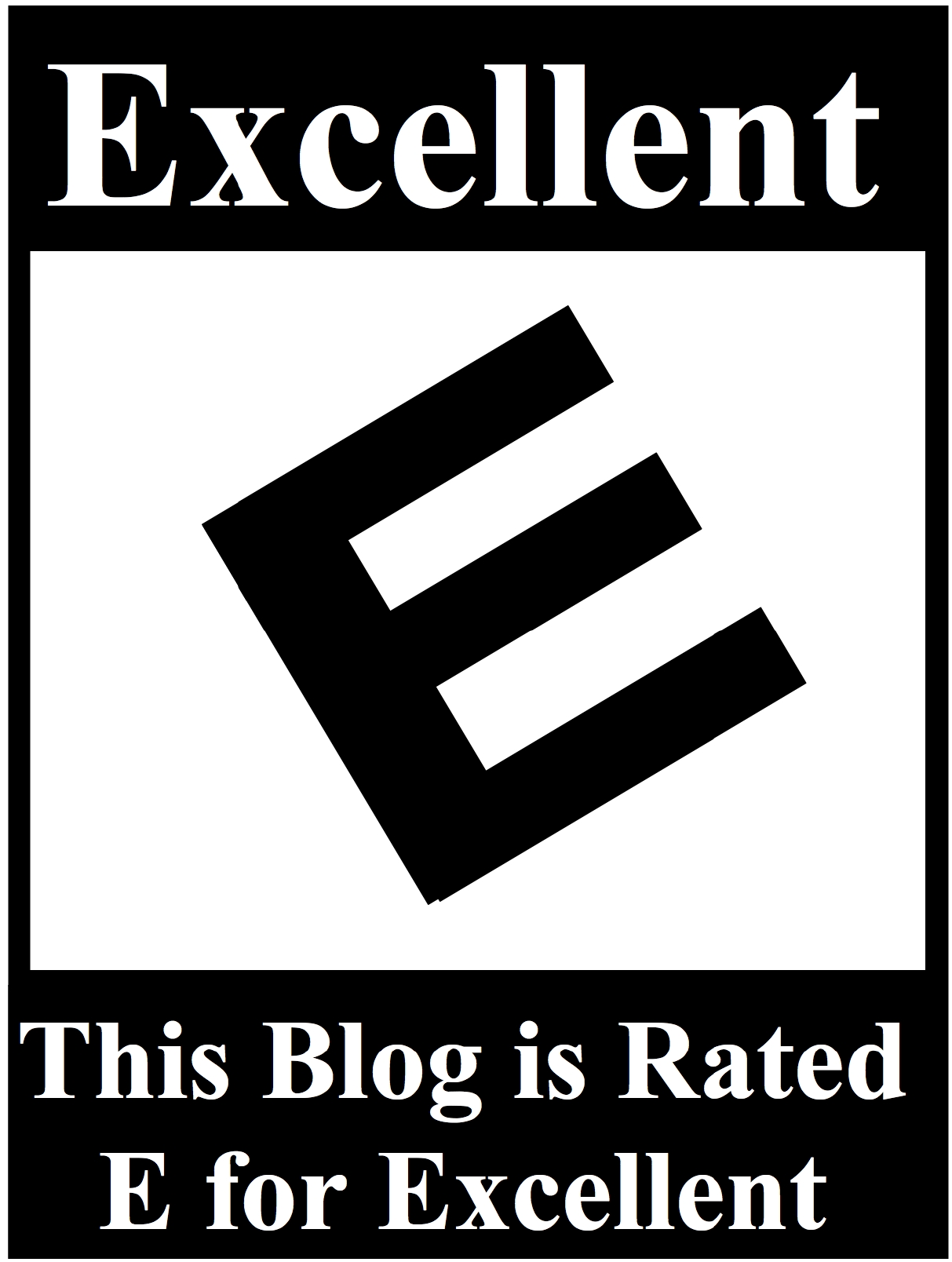Bath time. I steady my balance by holding the sides of the tub, and ease myself into the hot water. There I play “What’s My Bruise”, trying to figure out how I acquired all the motley souvenirs. There’s a large turquoise blodge shaped like Antarctica on the top of my right foot, a constellation of dark purple marks on my left knee, several random fading-green spots on my forearms, various dull plum-coloured dings on my thighs and calves, and a deep tissue olive-green zone the covers most of the fleshy area between my left thumb and the back of my hand. As usual, I have no idea how or when these happened. I bruise easily, and between my joint hypermobility and crappy proprioception I’m always bumping into things. There’s nothing to do about the bruises, but I monitor them to make sure that things do heal up and disappear within a couple of weeks (my mother had diabetes), and to watch for infections (like the ingrown toenail cellulitis for which I just finished a round of antibiotics). And so it goes.
Unless you have a rare CIP mutation (Cogenital Insensitivity to Pain), you’re familiar with aches. We’ve all experienced the ordinary headache, the run-of-the-mill bruised limb, the annoying paper cut. These “owie-boo-boos” are annoying and ephemeral. Many people experience severe but thankfully brief* pain with childbirth or traumatic events such as broken bones or appendicitis. Yet none of them begin to describe the issues faced by those with chronic pain problems such as arthritis or TMJ, or the re-occurring severe pain of migraines.
We tend to view pain as strictly a physical problem, treated with various analgesics and/or physiotherapies. You hurt, you take treatment, the pain goes away, your wound heals, the event stops. That’s the way it’s supposed to work, and if it doesn’t, then you’re not doing it right. We even have child-birth classes to teach people the “right way” to have pain (yes, I say “people” because their partners are there to learn how to reinforce the appropriate responses during L&D).
But chronic and re-occurring severe pains don’t follow that socio-medical model. Not only do they not respond in the simplistic and linear fashion, they are also not just physical phenomena. Pain becomes a cognitive issue, and an affective (emotional) issue as well. Chronic pain varies in its intensity and may abate for short periods, but there is generally no expectation of it going away permanently. The person suffering from this has to come to grips with the new state of affairs, realising that this is the “new normal”, and then re-organising their life around ways of dealing with it. Re-occurring severe pain varies in its frequency and duration, and a person may have days or possibly weeks between episodes, but even during those there’s still the knowledge that it will return. The migraineur too must re-organise their life around ways of dealing with it.
WARNING: graphic pain descriptions in this one paragraph:
In such circumstances, we become aware of the different types of pain and its accompanying symptoms: shooting pain, stabbing sensations, throbbing, burning, tightness, stiffness, tenderness, bone crushing, blinding pain, eye-watering pain, tightness around the crown, lead poured atop the brain, wracking pain, pins-and-needles, skin-crawling sensations, cramps tying your viscera into knots, nausea, numbness (not as useful as it sounds), blurred vision, tunnel vision, seeing stars, disturbing buzzing sensations (like a phantom mobile phone or pager vibrating), synaesthesia or hallucinations, hypersensitivity of skin contact, generalised teeth aches, hair hurting (I know, I know — external hair is dead material, but I swear it still hurts), clumsiness, dizziness, vertigo, loss of balance, chills and/or sweating, abhominable ticklishness of the ear hairs, speech difficulties, tremors, “brain fog” including confusion or loss of concentration, disorientation, paradoxical increased mental acuity right before crashing, being snappish, depressed, extreme fatigue and/or insomnia … the list seems inexhaustible.
If you’ve never had these, then just stop and remember the worst case of the flu you ever had. And then imagine never completely recovering from it and having periodic rebounds.
Legitimising the reality of pain is difficult. If you complain, then you’re “just being whiny”. If you don’t mention it, then no one realises just how difficult your life is, and assume that you’re not functioning well because you’re lazy or stupid. Other people tend to view the episodes of being less obviously in pain, or episodes between migraines, as being evidence that the person affected has “recovered” (like they are supposed to) and that the issue is gone (and thus accommodations are no longer needed).
When visiting doctors, there’s a fine balance to strike between self-advocacy and being explicit enough for them to understand the magnitude of the problems (yes, plural), and how those problems interact and magnify each other, but also avoiding coming off as being a neurotic female or a prescription-seeking druggie.
There are these bizarre, disability-related social expectations about pain: not being able to fix yourself up or overcome the problem or find a “cure” is seen as a kind of moral failure — you’re simply not trying hard enough. Well, I have news for you all: being in chronic pain is very trying, and I work hard to both get things done and to take things easy on myself when I can (ever the difficult balance).
I’ve been on a prescription-level dosage of Naproxen for several months now, and it is effective at managing the arthralgic pain and keeping it down to a tolerable background noise (somewhat like the nociception version of tinnitus, albeit more real). With any luck, the medication will continue to be effective for me for months or years to come. Like other incurable problems, the issue may temporarily improve or worsen long-term, but it never goes away. Because of that, one is treating the symptoms for a very long time, and bodies have the annoying — and alarming — ability to eventually become insensitive to various analgesics. So I’m cautious about maxing out my tolerance for a particular medication.
On the other hand, one can get so used to being in pain that they hurt themselves worse. I don’t mean “used to” as in “not bothered by” — of course the pain still permeates how I feel, and how well I manage to do everyday things, and how well I cope with other issues. In this case, “used to” means that the pain level has unfortunately become so omnipresent that I become habituated to it. Think of chronic pain as being like the household clutter that becomes part of the background scenery to where you don’t realise how bad it’s getting, and despite this “pain clutter” I keep trying to do everything full-tilt until I crash, thus crashing much worse.
But as we deal with the physical side of pain, we must also deal with the cognitive and affective sides of pain as well. There’s the primary suffering of the physical pain, but I try to keep the suffering limited to that, rather than letting it suffuse my life with the secondary suffering of wanting what I can’t have, and railing against what I’ve lost. I am not attached to my pain; I am attached to what I have learned having come through it.
Sometimes I can deal with the pain not by trying to ignore, avoid or escaping it, but rather by leaning into it. Now this goes against everything one does naturally, as pain prompts an escape response. But when I focus on the pain and try to describe it to myself, quantifying and qualifying how it’s affecting me, it loses the ability to be scary in the free-floating monstrous way. Becoming more aware of exactly where it is makes me more aware of where it isn’t, and how it is limited. Being more aware of what it is like at that moment distracts me from wobbling perseveratively between past episodes of remembered pain and anticipated episodes of continued pain. The most useful thing I learned in childbirth class was to consciously remember to breathe, and breathe deeply, as a means of riding through the intense waves and relaxing slightly between them.
I can accept the fact that I have to deal with pain without feeling like I’m giving in to it. I don’t want all this pain! And that’s okay — I don’t have to want it; I just have to deal with it. I’m a practical optimist; I don’t expect magical cures to be developed, but I’m not resigned to a dismal life. Shit happens, we cope, and we move on.
And sometimes we stop and kvetch, because you know, shit happens!
* Not that 36 hours of back-labour is “brief” in the world of childbirth, but it is necessarily limited in duration. Plus, one has a baby to show for it, unlike a migraine.








December Pain-Blog Carnival | How To Cope With Pain Blog said,
10 April 2014 at 13:46
[…] to Andrea’s Buzzing About, a new submitter to the carnival. Check out her thoughts about the experience of pain that […]
Requesting your thoughts, please « Andrea’s Buzzing About: said,
2 March 2009 at 2:03
[…] better at night (in addition to the 2″ thick foam mattress topper, and pillow for my knees). Managing pain is sometimes a major preoccupation. As I’ve said before, legitimising the reality of […]
Melissa said,
16 May 2008 at 13:32
I know I’m really late to this party (wow, this is all the way from Dec. ’07!) but I wanted to thank you for writing this out (found the link clicking through Disaboom). My relative is going through two disease processes and will sometimes talk to me about her chronic pain. I can’t imagine what she goes through, or what you go through, but I’m trying to find ways to be a better listener… so, um, just learning to listen here. Thank you for writing this out.
Maggie said,
4 March 2008 at 20:10
Thanks so much for putting into words what I go through every day. I have had migraines since I was very young, and it took me years to figure out all the triggers and years for a decent migraine med to come on the market, but with the help of Imitrex I am able to manage them now.
The pain that gets the best of me, however, is the Fibromyalgia all-over aching and throbbing, sometimes burning. It literally drives me crazy! I seem to have a cycle that I go through, from having a fairly good week and my spirits are up, to a bad week with intense pain, and then the depression sets in from feeling so helpless and hopeless. I allow myself to wallow in that for a few days, then do something, anything to try and fight back with it. Slowly, the depression starts to life and I’m back to having a fairly good week with my spirits up again. What a way to live! Or should I say, survive.
What has helped the most for me is learning to pace myself, which basically means more rest than activity, not allowing negative, narrow-minded people to get me down, and this wonderful site of Disaboom where I can say anything related to my illness and there’s always someone to listen and respond who really understands and helps me not feel so alone.
I really love your blog page and thank you for the opportunity to talk about this aspect of dealing with pain. It is amazing to read someone else’s experience with pain, only to feel like you could have written it yourself. That is a gift! It is a gift that I experience every day on this site and I thank God every day for it and wonderful, honest people like you who can write how so many of us feel…and so eloquently!
Gentle Hugs,
Maggie
qw88nb88 said,
4 January 2008 at 23:54
Go for it, Chick — it’s YOUR head! I might say that a post about your other daily affirmations would be interesting reading on your blog.
andrea
Migraine Chick said,
4 January 2008 at 12:22
Thank you for this article. I loved what you said about “I am not attached to my pain; I am attached to what I have learned having come through it.” I’m going to add it to my daily affirmation list in my head if you don’t mind.
jeiseas said,
1 January 2008 at 4:06
You’ve described migraine hell very well. Prevention is the best way of dealing with this so I hope you find something that works for you soon.
jeisea
Shannon said,
1 January 2008 at 1:01
This is a really nice piece and I’d like to share it with my chronic pain group buddies (via email) and those with my genetic illness. May I? What is your policy regarding sending blogbits privately?
I can just send a couple of paragraphs with a link, but I want to make sure they read enough to get the full impact and want to finish it.
Please advise.
-Shannon
RubyShooZ said,
20 December 2007 at 16:14
Hi, first timer here.
All throughout the above article I could identify and relate to the chronic pain feelings, the having to deal with doctors and trying to explain (over and over and over) and be my own self advocate, along with learning alot about pain and how to think about it, how to deal with it and how to live with it. I understand the process extremely well and wanted to say that you are not alone – which I’m quite sure you’re well aware of.
You’ve described quite eloquently some of the things that we do or can do to get through our lives. We can even enjoy things at times too.
For me, I’ve gotten to the point where I’m working with a pain management clinic and they’ve really been very helpful and we’re getting me to a space where I actually feel like there’s hope for me and the pain actually *has* lessened enough to where I can feel well enough to get back to doing things I haven’t for years now.
Thanks for your article and your understanding. I do hope you’re having a beautiful day today.
Peace, love and understanding.
~ RubyShooZ ~
qw88nb88 said,
16 December 2007 at 15:21
Andrea, OMG — I’d be up to my ass in cute little baby buns!
laurentius-rex said,
16 December 2007 at 14:43
I am a poor advertisment for the utility of a stanley knife. Only yesterday whilst attempting to cut a piece of carpet I sliced into my finger as well.
Not so serious as when I put a drill into my thumb, but a nuisance all the same.
Andrea Shettle, MSW said,
16 December 2007 at 3:51
“Plus, one has a baby to show for it, unlike a migraine.”
Oh … but … imagine if you actually DID produce a new baby EVERY TIME you had a migrane …
That would REALLY be a migrane!
[Sorry for the really bad joke, but I couldn’t resist!]
Andrea Shettle, MSW
wecando.wordpress.com